- History of Learning Theories
- Learning Theories in Practice
- Behaviorism
- Humanism
- Cognitivism
- Constructivism
Learning Theories in Practice
How much do you know about yourself as a teacher? Are your students really learning anything even though they get good grades? What about those who are unmotivated? What is learning? Here we share four teacher stories. What do you think about these teachers? How do they reflect different theories of learning?
Teacher A (Alice)
Alice has been working as a primary Mathematics teacher for 20 years. She believes strongly that learning is about passing all the important mathematical knowledge and skills to the students, making them memorize everything that is taught, followed by practice and more practice. In her class, the students need to sit quietly, listening to what she says, and complete many workbook exercise questions. She grades her students on the basis of the correctness of their answers. In order to encourage good academic scores, once students get good marks on the exam, she will give them prizes (like stickers ), otherwise she will punish them by not letting them join extracurricular activities.
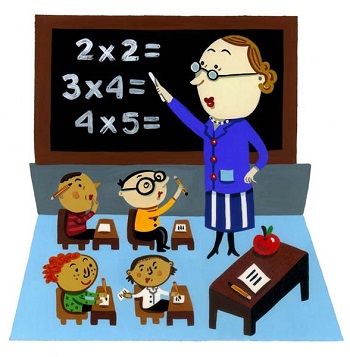
Figure 1. Teacher A Source. http://www.joyinourjourney.com/whats-new-blog/math-tutor-dvds-ti-84-calculatorand-pre-algebra
Teacher B (Ben)
Ben is a science teacher and tries hard to maintain a very good relationship with his students. No matter how the students behave, he will first look into the reason for their behavior and then endeavors to offer assistance (if necessary). On the whole, his class enjoys a comfortable environment. As a science teacher, Ben does not drill the students, but just explains as he can or shows some movies or plays games with them. His students do not learn much but, after all, he is aware that they come from very poor family backgrounds. He thinks his students have many difficulties at home and that school should be a place to provide a pleasant environment, so he is happy enough that they are not disruptive. He thinks that not everyone needs to become a scientist, and that the most important thing is for students to like school.
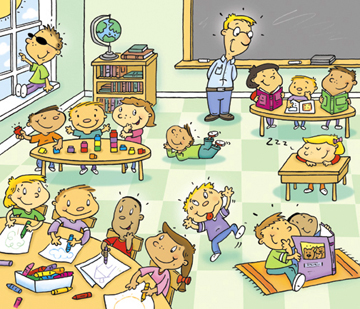
Figure 2. Teacher B. Source: http://edu5262.wikispaces.com/Wiki+in+the+Classroom
Teacher C (Clark)
Different from teacher B (Ben), who cares so much about his students feelings and needs, Clark pays lots of attention to the students knowledge acquisition. In order to make his students remember and understand what needs to be learned, he prepares learning material that is organized from simple to complex, and uses multimedia to present to students in a neat and organized way. His PowerPoint presentations are impressive, with different colors and animations and graphics, because the information can be presented more clearly to the students. He has heard about cognitive load theory, so he is careful to sequence his lessons so the students will not be overload. He organizes the class so that he is in full control to achieve the learning objectives.

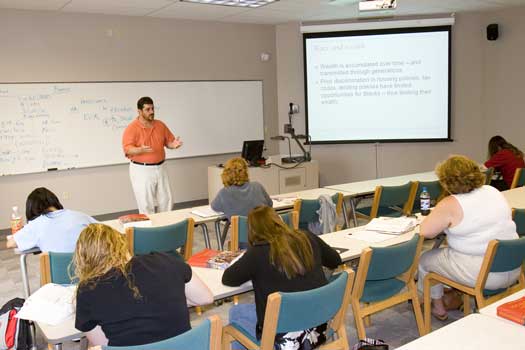
Figure 3. Teacher C. Source: http://bookboon.com/blog/2012/11/4-presentation-opening-ideas-that-work/
Figure 4. Teacher D. Source: http://www.sinclair.edu/about/locations/englewood/photos/
Teacher D (David)
David is a science teacher. Instead of presenting neat ideas and materials to his students, David encourages them to contribute their own questions and ideas. He believes that knowledge is not passed down to students, but generated and constructed by the students themselves. This does not mean that he does not need to prepare anything and just let the students do it all. He works very hard on designing classes. He always tries to understand what the students have already known and what misconceptions they still have, and then designs classes that are built on what they know, adopting teaching strategies that focus on changing their misconceptions into more scientific ideas. He uses concept mapping strategies very often, and encourages his students to make connections between their new and old ideas. He also provides prompts and modeling to students, and challenges them to reflect, reevaluate, and revise their original ideas. Unlike teacher C (Clark), who tries very hard to minimize the students cognitive loads by presenting clear ideas, David tries to encourage them to treat difficulties and problems as something worth working on. He believes that the messiness can lead students to construct their own knowledge.
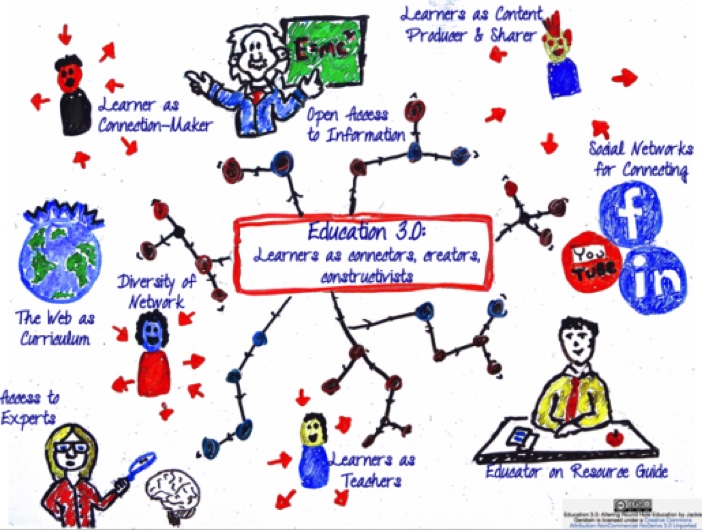
Figure 4. Teacher D. Source: http://usergeneratededucation.files.wordpress.com/2013/12/2013-06-08_1947.png
Teacher D (David)
…as he becomes more experienced

Figure 5. Teacher D. Source: http://www.tzsnw.com/Article/201403/22/469050.html
As David becomes more experienced, he gradually realizes that collaboration plays an important role in changing students conceptions, and believes that knowledge is socially constructed. He starts to provide opportunities for his students to engage in collaborative scientific inquiry. Just like a real community of scientists, his students work together, generating questions in which they are interested, proposing theories and hypotheses to answer their questions, and designing experiments to evaluate and revise their theories. In order to make the inquiry more authentic, and treat ideas as something students can collectively work on, he also uses computer-supported platforms on which students can pose their questions and ideas, and improve these ideas collectively. Students are also encouraged to make group portfolios to assess their own learning. They reflect collectively about what they have learned and what still needs to be known in the community.
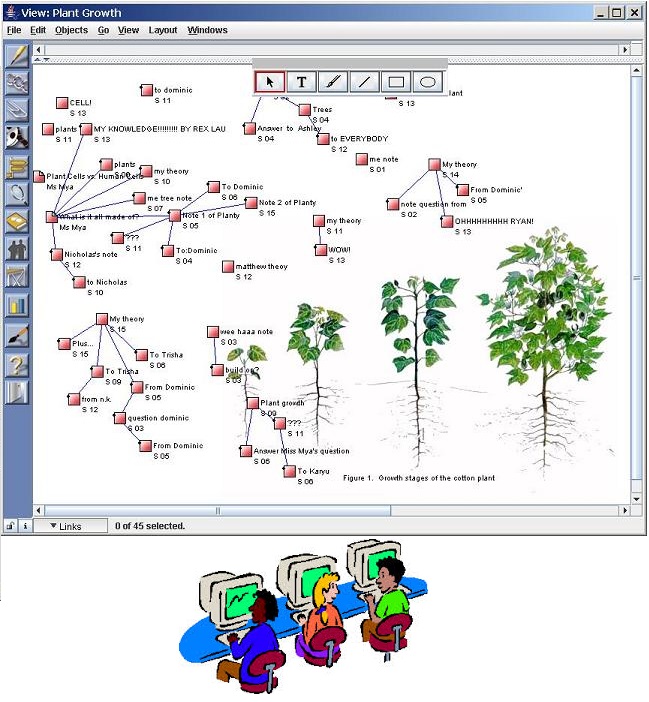
Figure 6. Teacher D. Source: Have you done similar things in your class? Are you like anyone of them?
CHECK the theories behind the four teachers stories here:
-
Teacher A: Behaviorism
-
Teacher B: Humanism
-
Teacher C: Cognitivism
-
Teacher D: Constructivism